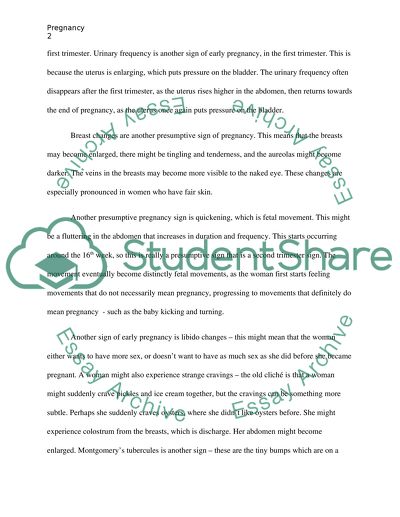Cite this document
(“OB Clinical Assignment Essay Example | Topics and Well Written Essays - 3750 words”, n.d.)
OB Clinical Assignment Essay Example | Topics and Well Written Essays - 3750 words. Retrieved from https://studentshare.org/nursing/1483911-ob-clinical-assignment
OB Clinical Assignment Essay Example | Topics and Well Written Essays - 3750 words. Retrieved from https://studentshare.org/nursing/1483911-ob-clinical-assignment
(OB Clinical Assignment Essay Example | Topics and Well Written Essays - 3750 Words)
OB Clinical Assignment Essay Example | Topics and Well Written Essays - 3750 Words. https://studentshare.org/nursing/1483911-ob-clinical-assignment.
OB Clinical Assignment Essay Example | Topics and Well Written Essays - 3750 Words. https://studentshare.org/nursing/1483911-ob-clinical-assignment.
“OB Clinical Assignment Essay Example | Topics and Well Written Essays - 3750 Words”, n.d. https://studentshare.org/nursing/1483911-ob-clinical-assignment.


